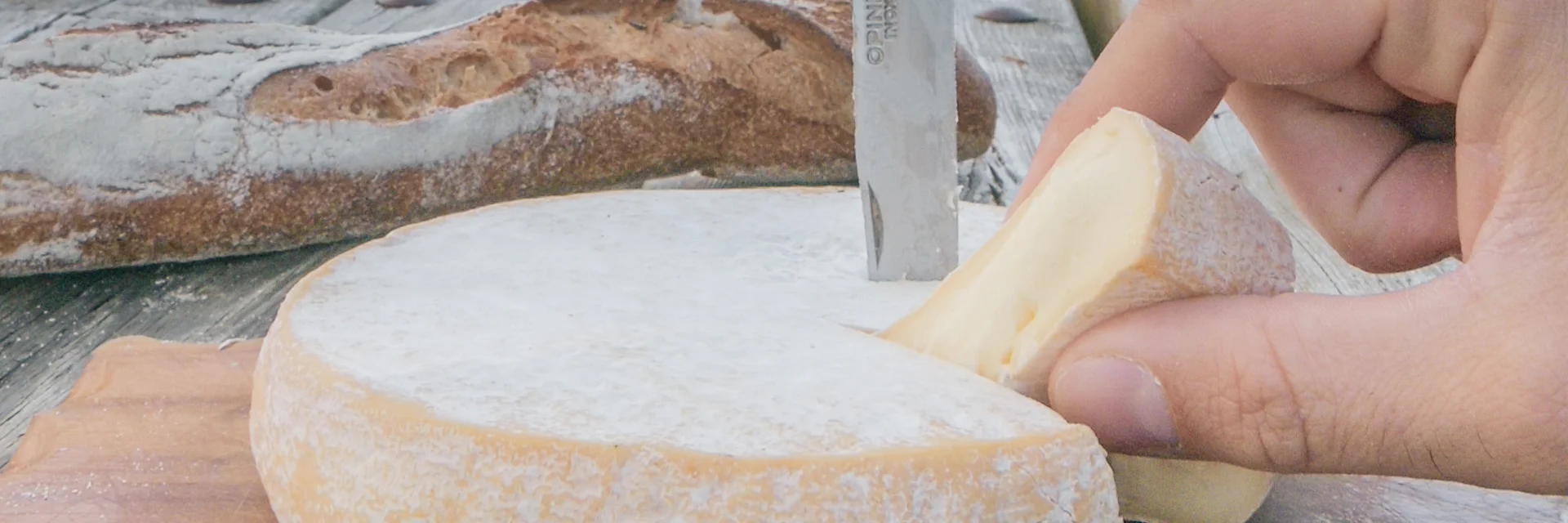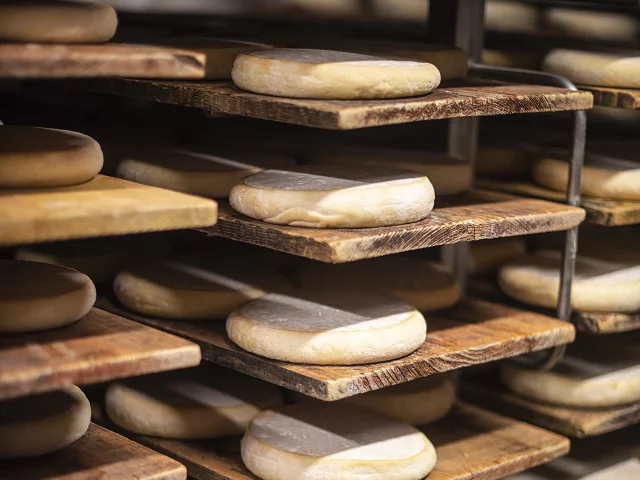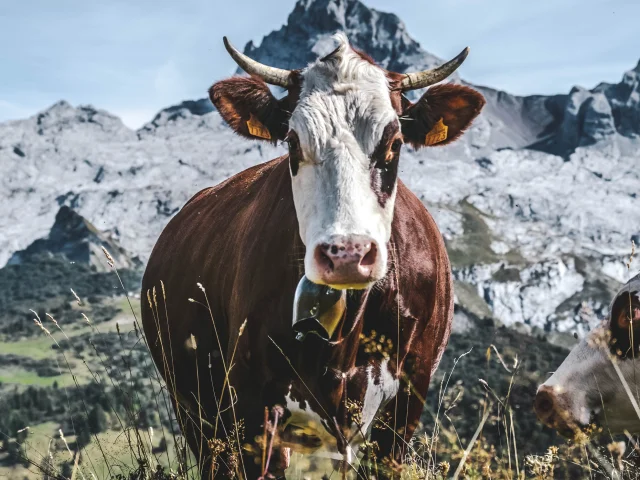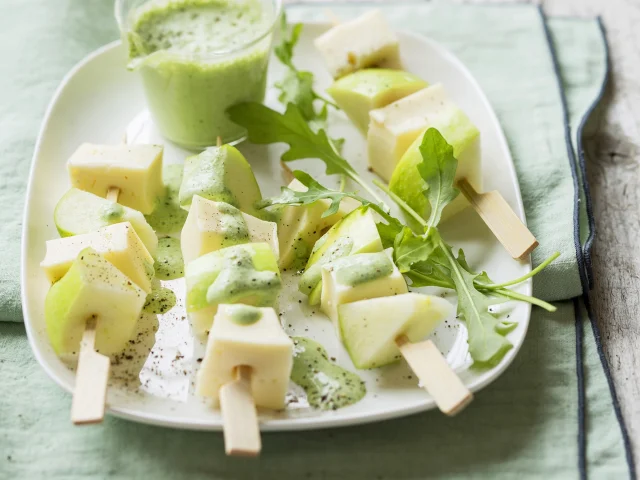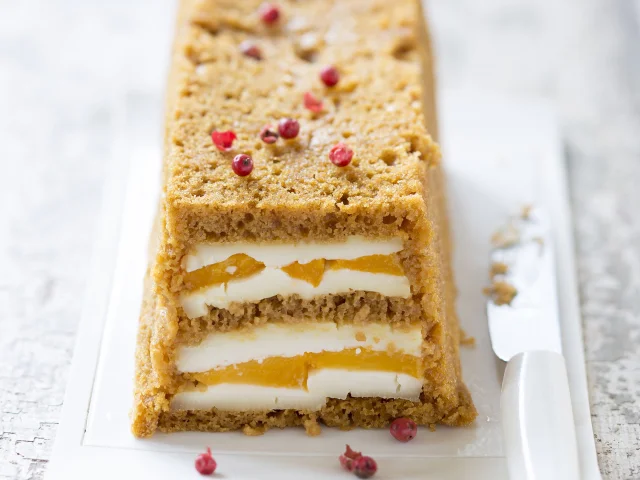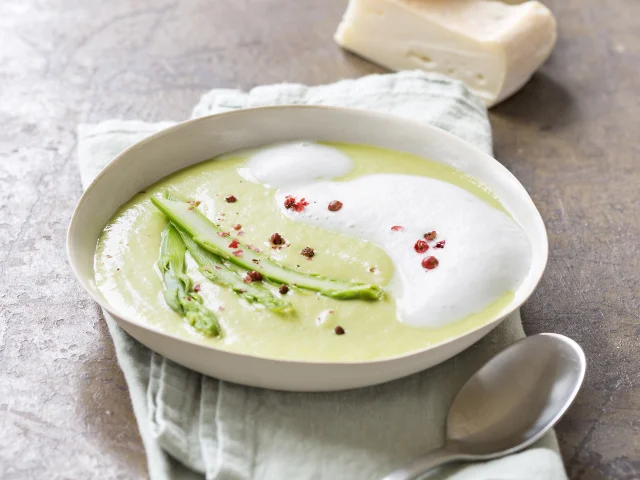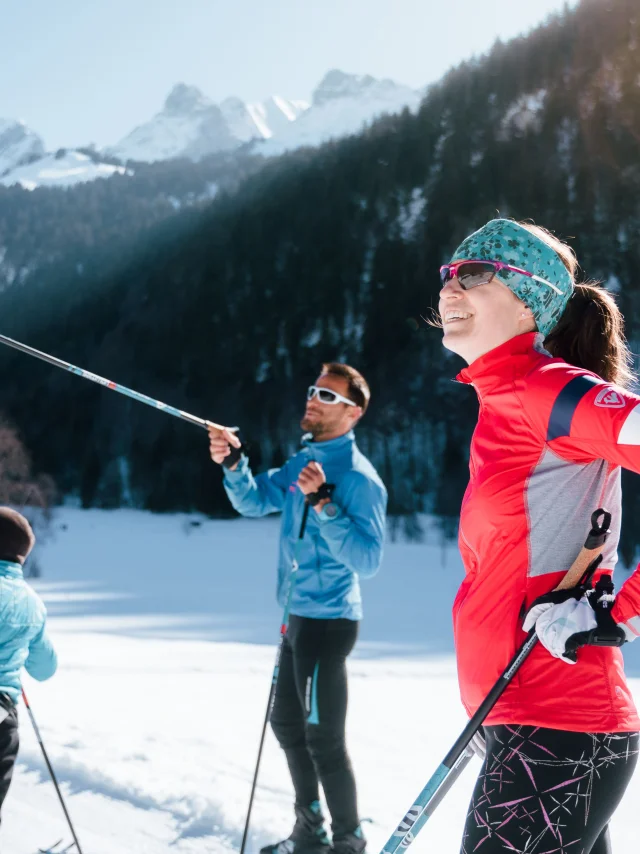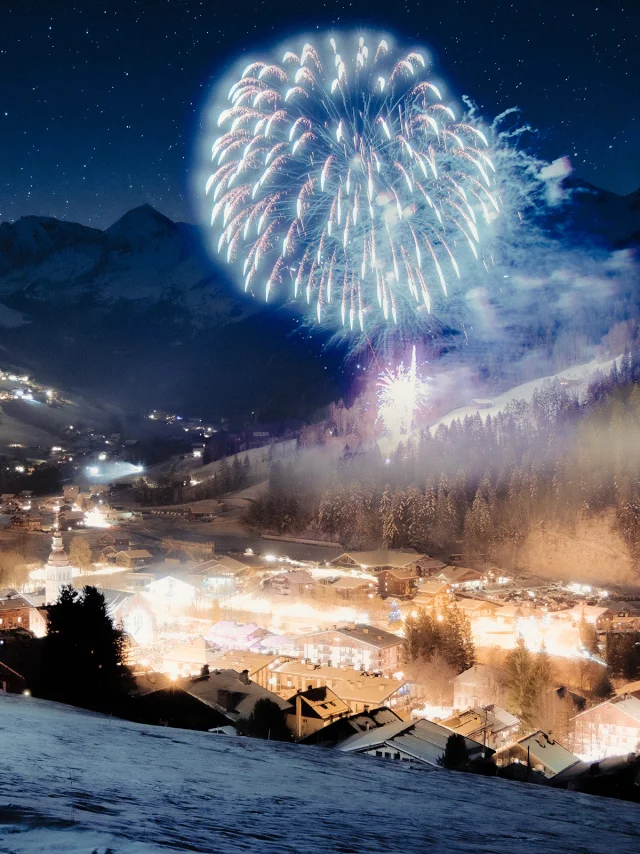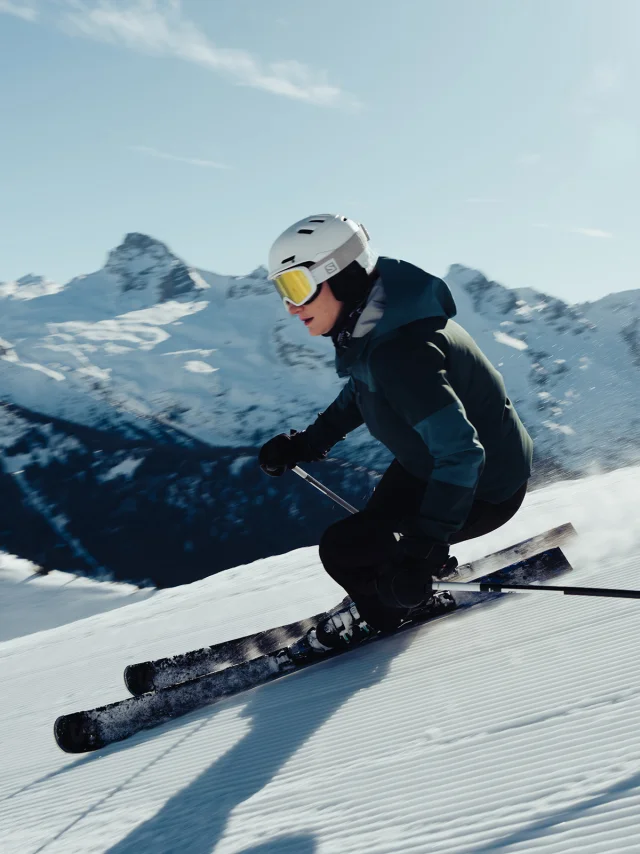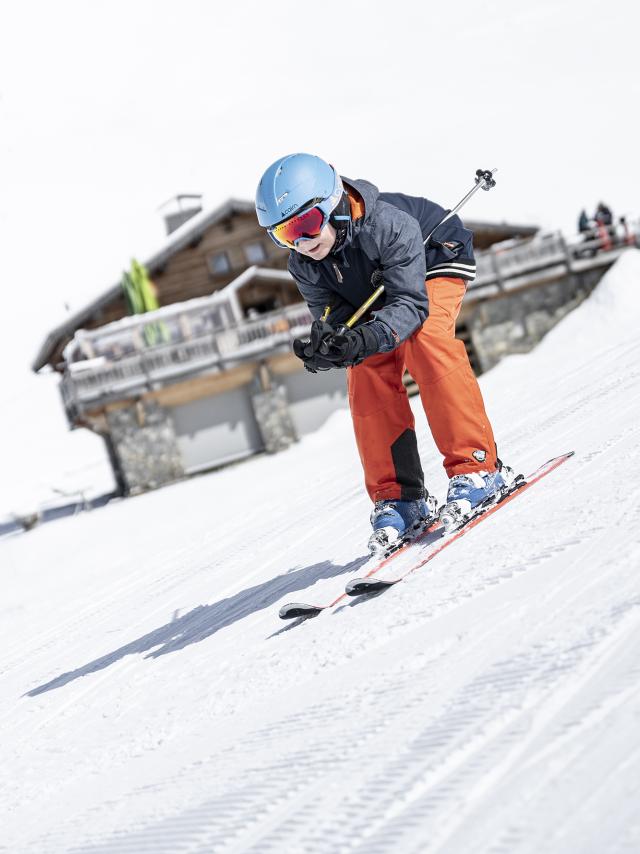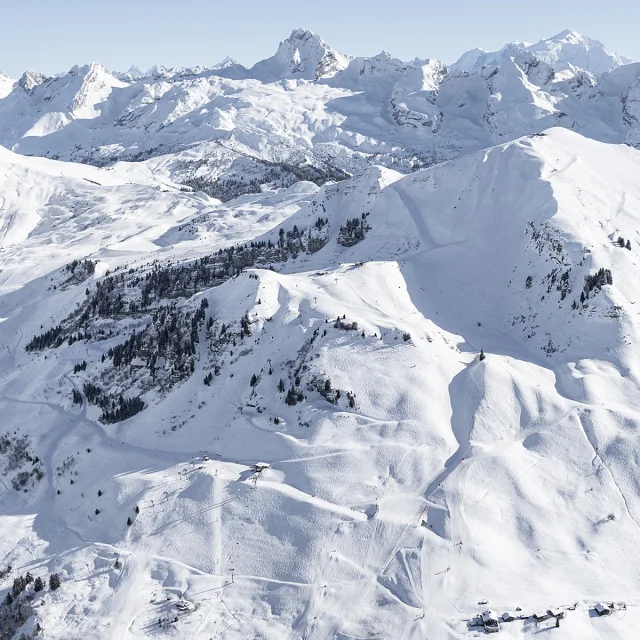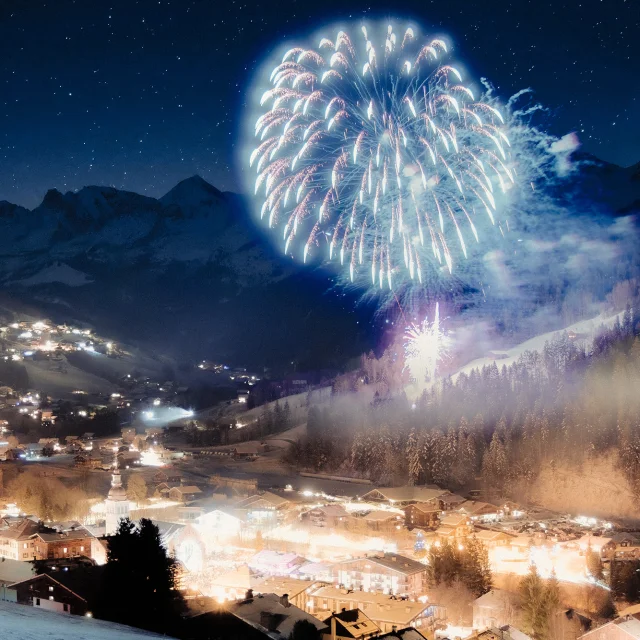Savoie Reblochon, much more than just a cheese…
Le Grand-Bornand is the largest farming community in Haute-Savoie and the birthplace of farmhouse Reblochon. Since it first appeared here in the 13th century, Reblochon has been a favourite with gourmets and food-lovers alike… and with good reason: farmhouse Reblochon with its green casein label – which differs from dairy Reblochon made in cooperatives, which has a red label – has gone to great lengths to preserve the traditional skills that guarantee its inimitable taste, while adapting them to modern constraints: It is made twice a day in the same place as milking, using milk from a single herd of mainly Abundance cows, and fed exclusively on grass in summer and hay in winter. So much for the quality of this cream cheese… served on a platter!
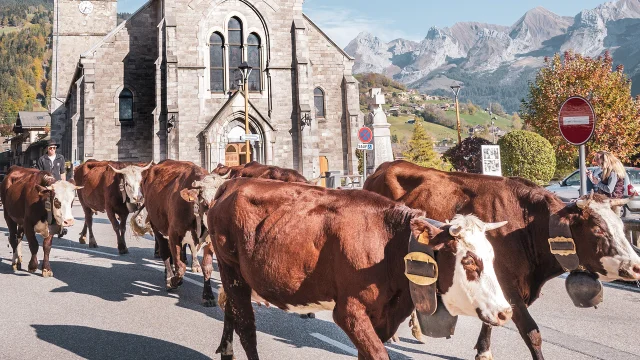 Alpine descent October 2022 J.cathala Ot Le Grand Bornand 1
Alpine descent October 2022 J.cathala Ot Le Grand Bornand 1